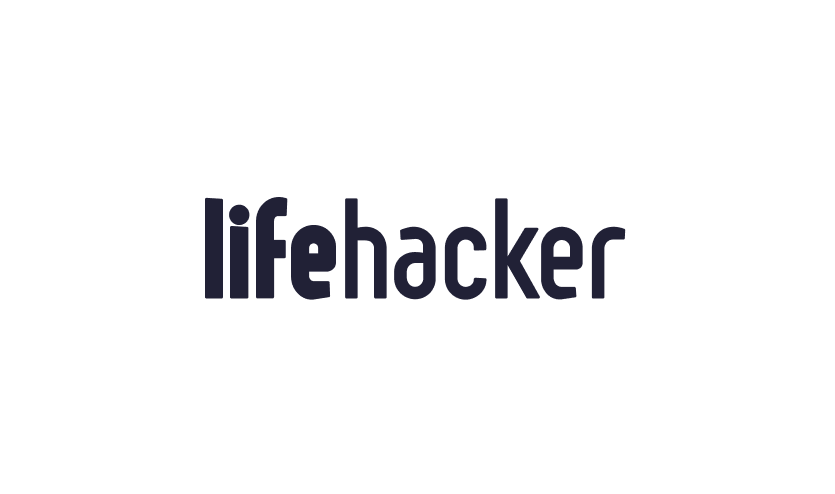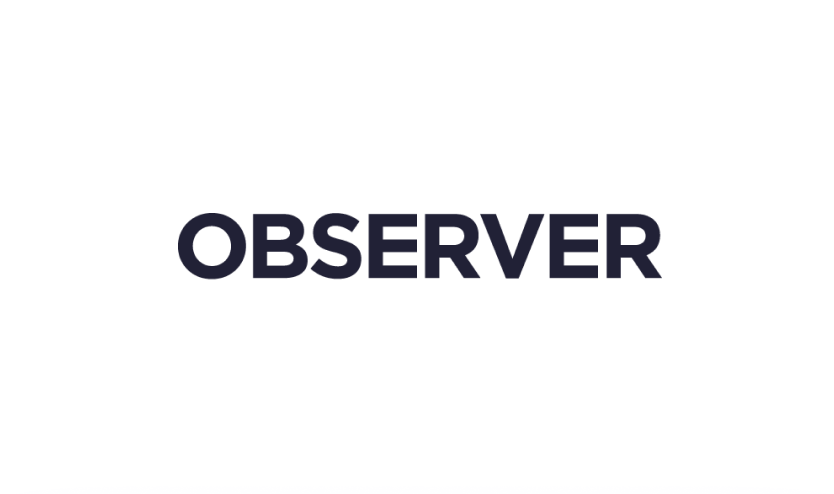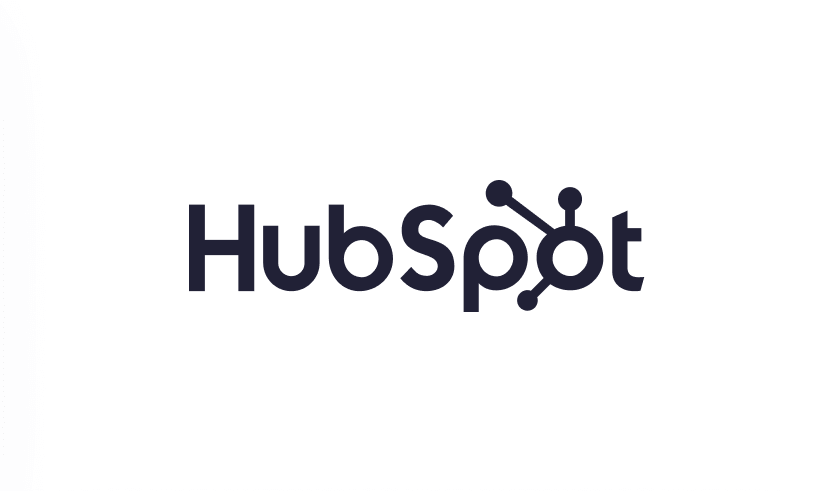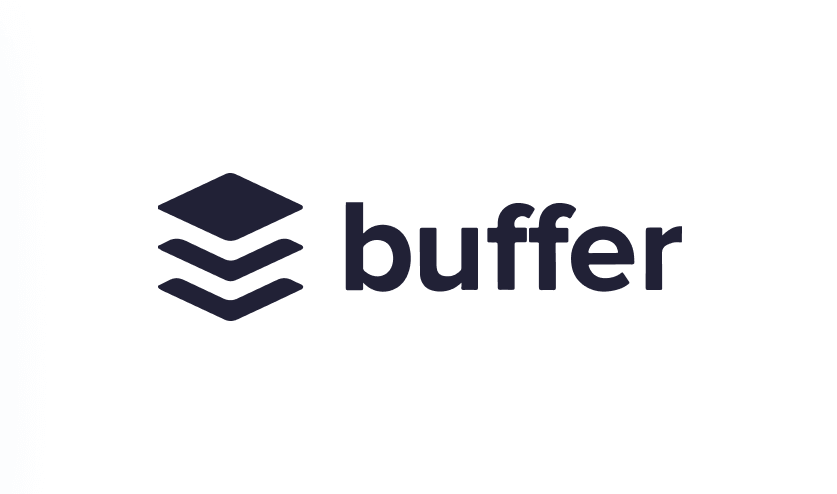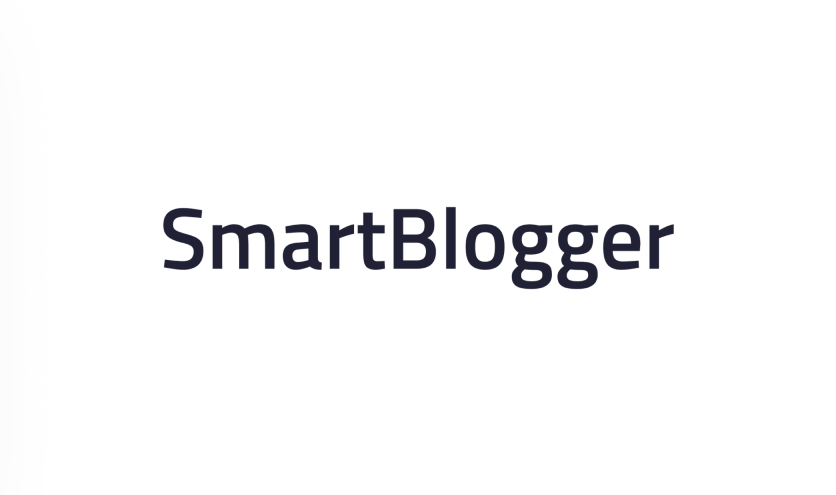How to Clean Your Email List: Tips for Better Campaigns
Why Your Email List Is Quietly Bleeding Money
Let's be honest, your email list is probably a bit of a money pit. I've worked with businesses who are paying for thousands of subscribers who are basically ghosts – totally unreachable. It's like reserving a table at a fancy restaurant and then nobody shows up.
Imagine you have 50,000 subscribers, but only 35,000 are actually real, engaged people. That's a whopping 15,000 inactive subscribers. On most email platforms, that kind of bloat could be costing you around $3,600 each year – just thrown away. And trust me, I've seen this happen more times than I can count.
And the wasted money is only part of the problem. Every time you send an email to a defunct address, it dings your sender reputation. This, in turn, hurts your deliverability scores, meaning your emails are less likely to even land in the inbox. Your marketing team pours their hearts into crafting brilliant campaigns, only to see disappointing results. A bloated email list is often the unseen culprit.
The Importance of a Healthy List
A healthy email list is the bedrock of any successful email marketing strategy. Studies show that by 2025, almost 28% of an email list decays annually, with 24% made up of invalid addresses. This highlights why regularly cleaning your list is so crucial. It's not just about saving money by trimming down billed profiles; it's about boosting engagement with the subscribers who actually want to hear from you. Cleaning a list with 30% inactive subscribers (out of 50,000 total) could save a business roughly $3,600 per year. To learn more about the impact of email list decay, check out this article from ZeroBounce.
The old saying "the bigger the list, the better" just doesn't cut it anymore. In today's email marketing world, a smaller, engaged list is far more valuable than a massive list full of inactive contacts. Quality over quantity is key if you want a solid return on your email marketing investment.
Think of it like tending a garden: you need to prune the dead leaves and branches to help the healthy plants thrive. It's not just about saving resources; it's about making sure every email you send actually reaches its intended audience and has the greatest possible impact.
Reading the Warning Signs Your List Needs Attention
Your email platform is constantly giving you little hints about the health of your email list. Most marketers, unfortunately, miss these clues until it's too late. It’s not just about seeing your open rates suddenly tank. There are much earlier, more subtle signs that experienced email marketers know to watch for. I’ve chatted with seasoned pros who swear by things like engagement velocity (how fast engagement drops after you send an email) and bounce pattern analysis to uncover hidden deliverability problems.
This infographic really highlights the low open rates (5%) and click-through rates (2%) you typically see from inactive subscribers. It also recommends cleaning your list at least quarterly. Inactive subscribers barely interact with your emails, so regular cleaning is key to maintaining a healthy list and boosting overall engagement.
Beyond Open Rates: Metrics That Matter
It’s important to keep industry benchmarks in mind. What's "normal" for an e-commerce store is totally different from what's expected for a B2B SaaS company. A healthy open rate for one could be a red flag for the other. For example, a 20% open rate is generally pretty good in e-commerce, while a B2B company might aim for something closer to 30%. Knowing these differences can save you from unnecessary stress and wasted effort.
You’ll also start to recognize the difference between normal seasonal dips and actual list health problems. Those spikes during the holiday shopping season and the lulls during the summer months? Totally normal. A sudden, unexpected, and sustained drop in engagement outside of those predictable patterns? Now that's a sign you should investigate.
The Unsubscribe Paradox and Other Hidden Clues
Here’s a little secret: a certain amount of unsubscribes can actually be a good thing. A small but steady unsubscribe rate means your list is kind of self-cleaning, removing people who genuinely aren't interested in your content anymore. A sudden spike in unsubscribes, on the other hand, could mean there’s a problem with your content or how often you’re sending emails.
This also means that focusing only on open rates can be misleading. There are other, lesser-known metrics that often do a better job of predicting how your email campaigns will perform. For example, your click-to-open rate tells you how engaging your content is to the people who actually open your emails. Consistently low click-through rates might mean your calls to action aren't working or your email design isn’t optimized for conversions. Finally, and this is important, don't get too aggressive with cleaning. Over-cleaning can accidentally remove valuable subscribers who might not engage super frequently but still make big purchases down the line.
Let’s talk about some specific warning signs. Here's a table summarizing some key metrics and what they might be telling you about your list health:
Email List Health Warning Signs
This table gives you a general idea of what to look for. Remember, these are just guidelines. The ideal ranges can vary depending on your specific industry and audience. However, if your metrics fall into the "Critical Action Needed" category, it’s definitely time to take a closer look at your list and start cleaning.
The Smart Way to Audit Your Current Email List
Before hitting that delete button, let's talk about really understanding your email list. I mean truly understanding it. The best email marketers I know don't just glance at open rates. They dig deep. They look at how subscribers behave, what they buy (or don't buy), and how they interact with emails. It paints a much clearer picture.
Think of it this way: you wouldn't send the same postcard to your grandma and your best friend, right? Your email list is the same. You've got your engaged advocates, opening every email like it's a personal letter. Then you've got the browsers, clicking links but never quite committing to a purchase. Don't forget the seasonal subscribers! They might disappear for months, then pop back up ready to shop during the holidays. And of course, there are the inactive contacts, the ones who haven't opened an email in ages.
Segmenting for Success
A good audit will reveal all these different subscriber "personas" hiding in your list. This is where segmentation becomes your best friend. By segmenting your list, you can decide who to keep, who to try winning back, and who to finally let go of. It's like spring cleaning your email closet!
I once worked with a brand that almost deleted a whole segment of what they thought were inactive subscribers. Turns out, this group was made up of seasonal shoppers who spent big during the holidays. Can you imagine the lost revenue if they'd purged that segment? Another client discovered their "browsers" were actually super engaged with their educational content, a key step on their journey to becoming paying customers.
Avoiding Spreadsheet Overload
So, how do you actually do this without drowning in spreadsheets? Focus on key metrics like purchase recency, purchase frequency, and email engagement. You can also segment based on how someone joined your list. Did they sign up through a lead magnet? At checkout? These little details can tell you a lot about their behavior and how to best re-engage them. For more on deliverability (super important!), check out this resource: Learn more in our article about improving email deliverability.
This isn't about deleting contacts just for the sake of it. It's about strategic list optimization. By understanding the nuances of your list, you can turn what might seem like a liability into a powerful asset. A smaller, engaged list is way more valuable than a huge list full of uninterested contacts. It’s all about getting the right message to the right person at the right time.
Proven Strategies That Actually Work
Let's talk real-world email list cleaning—the stuff that actually moves the needle. I'm talking about the tactics that separate the re-engagement campaigns pulling in 15-20% win-back rates from those barely scraping 2%. The secret? Understanding your audience and speaking directly to their needs.
For example, think about the difference between a recent customer and someone who subscribed ages ago but never bought anything. A simple "We miss you" email might work for the first group, but the second needs a little more convincing. Maybe a juicy discount or a showcase of your best sellers will do the trick. It's all about personalization. Speaking of which, you might find this helpful: The 20 Commandments of Email Marketing.
Timing Is Everything (and Tuesday Mornings Aren't Always It)
We've all heard the Tuesday morning email gospel, right? But when it comes to winning back lost subscribers, it's not always the best play. Consider why they went inactive in the first place. If their inbox is already overflowing on Tuesdays, your carefully crafted message might get buried.
Experiment! Try sending on different days and at different times. Maybe a relaxed weekend email is more likely to catch their eye. And while we're at it, let's talk subject lines. Ditch the generic "Don't miss out!" and try something more personal. "Still interested in [product category]?" or "We've got something special for you" can work wonders.
Automation: Your Secret Weapon
Manually scrubbing your email list every month? Talk about a headache. That's where the magic of automation comes in. Set up automated sequences that remove inactive subscribers after a set period. But hold on! Before you hit delete, give them a chance with a re-engagement campaign. Then, if they're still not biting, it's time to say goodbye.
Email list hygiene is more important than ever, especially with evolving pricing models. Klaviyo, for instance, now bills for every active profile, regardless of engagement, as of February 18, 2025. This makes list cleaning a smart financial move, potentially slashing costs by up to 25%, while also giving your open rates (up to 20%) and deliverability a nice boost. Want to dive deeper? Check out this guide: The Ultimate Guide to Email List Cleaning in 2025.
The Gentle Approach
Sometimes, a softer touch is more effective than a full-blown purge. You might have subscribers who engage infrequently but still make valuable purchases over time. Don't lose these gems by being too trigger-happy. Instead, segment them and send targeted emails less often. Their long-term value might surprise you.
Remember, list cleaning isn't a one-and-done deal. It's an ongoing process. By weaving these strategies into your routine, you'll cultivate a healthier, more engaged list that delivers real results.
Tools and Techniques for Efficient List Management
So, you're ready to tackle that email list cleanup, but the thought of going through thousands of contacts one by one is making you want to curl up in a ball? Been there, felt that. Luckily, there are some seriously helpful tools out there that make the whole process much less painful. I've personally wrestled with a ton of different email verification and cleaning platforms, and I'm here to give you the inside scoop on what actually works. We'll also chat about when a free tool is good enough, and when it's worth shelling out for something more robust.
Choosing the Right Tool for the Job
The most important thing is finding a tool that integrates well with your email service provider (ESP). Some play nicely with popular platforms like Mailchimp, Klaviyo, and ConvertKit, while others can be a real headache to work with. A few services I've used and can actually recommend are NeverBounce, ZeroBounce, and Emailable. They each have their own quirks and strengths, so it really comes down to finding what fits your specific needs and, of course, your budget.
Here’s a peek at ZeroBounce’s pricing to give you an idea:
As you can see, ZeroBounce offers a tiered pricing structure based on the number of emails you need to verify. This kind of flexibility is great for scaling as your list grows, especially if you have seasonal fluctuations in subscriber numbers.
For smaller lists, a free tool like Mailfloss might be all you need. But if you’re dealing with a massive list or require more advanced features like real-time verification, investing in a paid service is usually the smarter move. For example, some tools offer bulk verification, letting you clean your entire list in one shot (although, I'll explain why you might not want to do that). Others offer API integration, which automatically verifies new subscribers the moment they sign up.
Here’s a handy comparison table to help you navigate the options:
This table gives a quick overview of some of the popular choices out there. As you can see, different tools cater to different needs and budgets, so doing a little research beforehand can save you a lot of hassle down the line.
Insider Tips for Efficient Cleaning
One mistake I see all the time is people trying to verify their entire list at once. If you have a lot of inactive subscribers, this can actually hurt your deliverability. Instead, try segmenting your list (remember those customer personas we talked about?) and verifying smaller chunks at a time. This minimizes any negative impact on your sender reputation and gives you much more control over the cleaning process. You might find this article helpful: Avoiding common email marketing mistakes.
Another thing to watch out for is over-cleaning! Some tools are a bit too enthusiastic and can flag valid email addresses as invalid. This can accidentally remove valuable subscribers who might not engage frequently, but still make purchases. I’ve definitely learned this the hard way, so trust me on this one. Always double-check any contacts marked for removal and use a combination of verification methods to avoid those false positives.
Cost-Effective Strategies and Ongoing Maintenance
For smaller businesses watching their bottom line, there are definitely ways to keep costs down. Some tools offer pay-as-you-go pricing, so you only pay for what you use. Others have free tiers that work great for smaller lists. And don’t forget about the long game! Look for tools that automate ongoing list maintenance so cleaning isn’t a massive monthly chore. Automating this turns list cleaning into a background process, freeing you up to focus on the more strategic parts of your email marketing.
Creating a Sustainable List Maintenance System
Cleaning your email list isn’t a one-and-done deal. It’s an ongoing process, kind of like tending a garden. Regular weeding is essential to keep things healthy and thriving. The most successful email marketers I know have systems in place that prevent these problems from cropping up in the first place. Their maintenance routines run smoothly in the background, almost unnoticed.
Automating the Essentials
These marketers automate as much as they can. Think weekly automated checks that flag potential issues like rising bounce rates or a spike in unsubscribes. This lets you address problems before they snowball and affect your campaigns. These checks are like the smoke detectors in your house—alerting you early before a small issue becomes a major problem.
Also, consider quarterly deep-dive analyses. These go beyond surface-level metrics. They’re about understanding subscriber segments, identifying your VIP customers, and finding opportunities to improve targeting and personalization. This is where the data starts to tell a story. For example, you might analyze how different subscriber groups interact with various content or identify buying trends to predict future purchases.
It's striking how many businesses prioritize list hygiene these days. The importance of a clean list is clear: nearly 60% of email senders are actively cleaning their lists, according to Mailgun's 2025 State of Deliverability report. This shows a growing understanding of the benefits—financial and reputational—of keeping your email list healthy.
Monitoring for Maximum Impact
Strong list maintenance also needs robust monitoring systems. Think of these systems as your early warning radar, catching potential deliverability problems before they tank your campaign’s performance. Real-time bounce monitoring, for instance, instantly flags bad email addresses, stopping them from hurting your sender score. Likewise, tracking spam complaints can highlight messaging or sending frequency issues that are bothering subscribers.
Balancing Growth with Quality
I’ve seen firsthand how companies perfectly balance list growth with quality. They've taught me how to grow a subscriber list aggressively without compromising its integrity. These businesses usually focus on double opt-in confirmation, automate their welcome series, and regularly segment their list based on engagement and behavior. These tactics help them keep engagement high even while growing quickly. They get it: a smaller, engaged list is way more valuable than a massive list full of inactive subscribers. This builds better relationships, boosts conversions, and maximizes their return on email marketing.
Your Action Plan for List Cleaning Success
So, you’ve got all this info about list cleaning swirling around… now what? Let’s create an actual plan you can use. We'll map out a realistic timeline for your first big clean, setting some honest expectations about how long it’ll take and the kind of results you can realistically expect. Remember, list cleaning isn’t a band-aid; it's a long-term investment.
Prioritizing Your Efforts
Your approach to cleaning will depend on a few factors: the size of your list, how engaged your subscribers are, and your overall business goals. A huge list with tons of inactive subscribers will need a different strategy than a smaller, more active one. If you're aiming for fast growth, you might prioritize acquiring new subscribers while maintaining basic list hygiene. But if profitability is your focus, a deeper clean might be the better route.
For instance, a big e-commerce brand might tackle cleaning the segments with the lowest engagement first. Meanwhile, a smaller B2B SaaS company might focus on re-engaging high-value leads. The real trick is finding that sweet spot that works for your specific business.
Communicating with Stakeholders
Let's be honest, some people panic when they see subscriber numbers drop. It’s crucial to explain why a smaller, engaged list is actually better than a massive, unresponsive one. I’ve put together some templates you can use to show stakeholders that a clean list means better deliverability, higher open rates, and ultimately, more revenue. These templates highlight the positive impact of cleaning — things like improved ROI, stronger engagement, and lower costs — instead of dwelling on the decrease in subscriber count.
Troubleshooting Common Challenges
Okay, what happens if your open rates don't magically jump after cleaning? First, don't freak out! It sometimes takes a bit to see the full effect. Plus, remember, open rates aren't the only success metric. Check out your click-through rates, conversions, and the overall revenue your emails are bringing in. These paint a much more complete picture.
Keeping a clean list is a marathon, not a sprint. By following this action plan, setting achievable milestones, and staying consistent, you’ll see the long-term benefits of a healthy, engaged email list. Ready to take your email marketing up a notch?
Let’s chat. Work with Chase Dimond to optimize your email strategy













